News
There is always something going on at Lipotype:
find the
latest news and press releases here
-
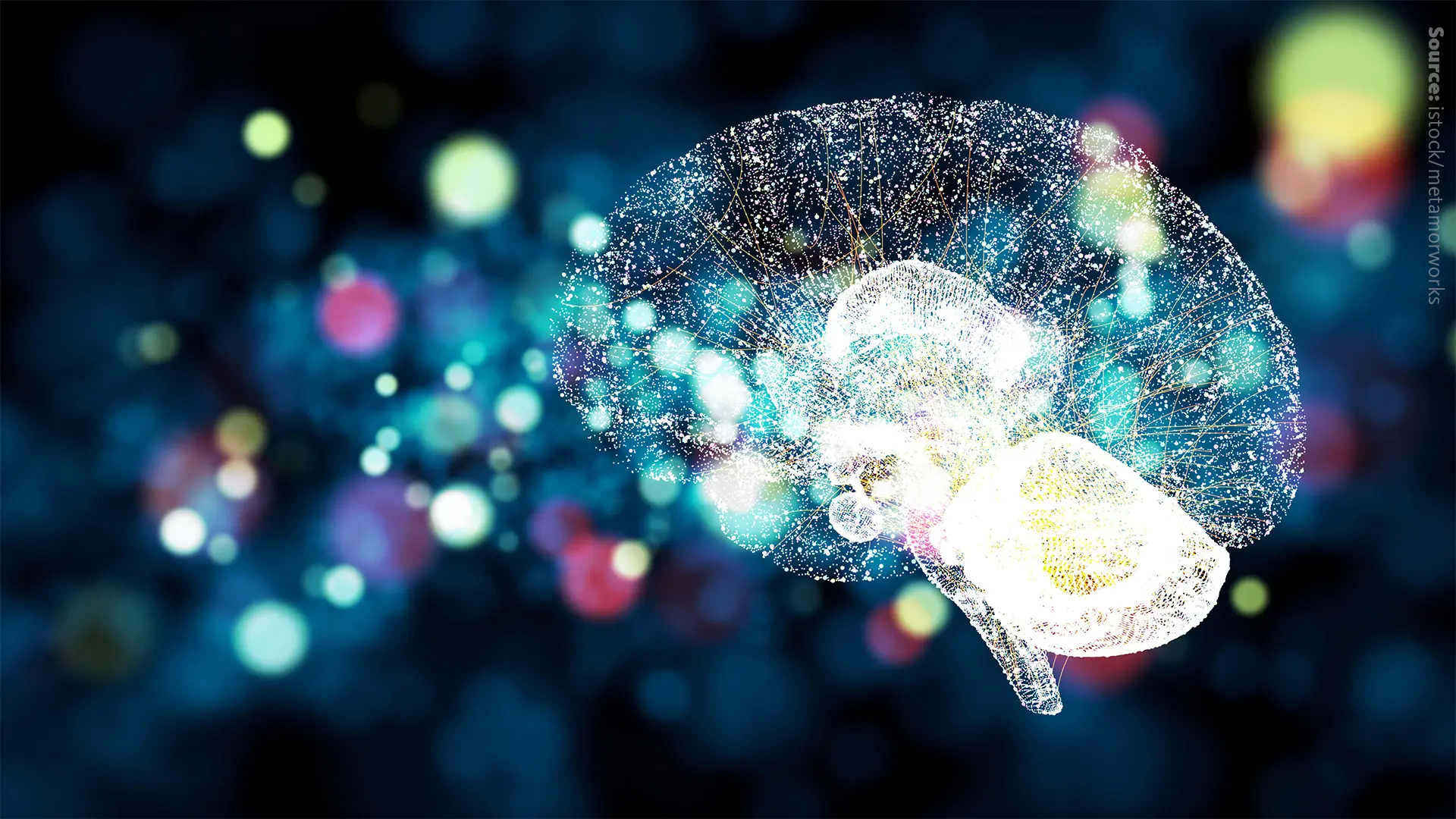
Lipidomics and lipids in neuroscience
Lipidomics helps researchers cover aspects from fundamental processes to applications to disease development and treatment.
-

Lipidomics and lipids in neuroscience
Lipidomics helps researchers cover aspects from fundamental processes to applications to disease development and treatment.
-
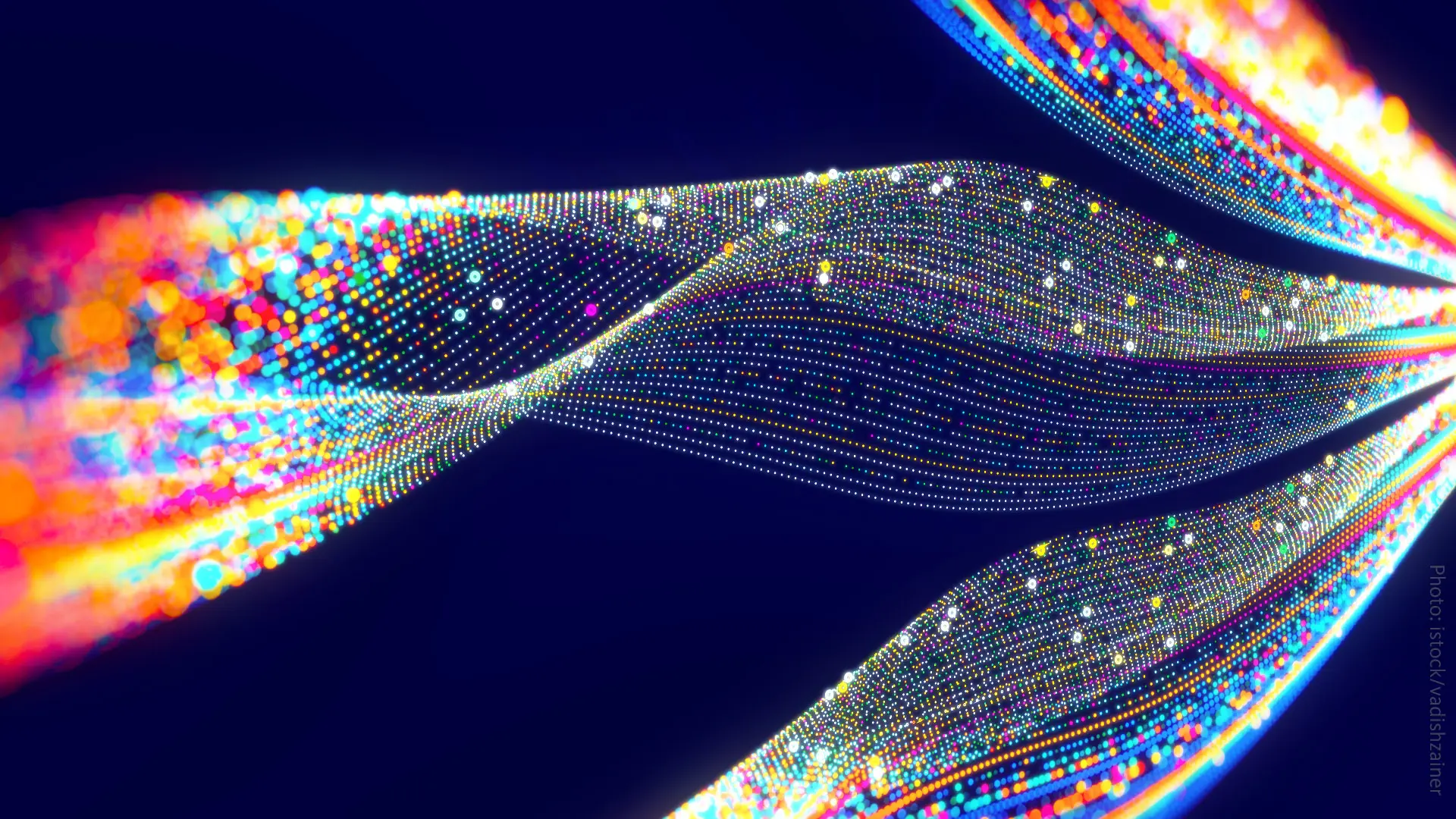
How to deal with lipidomics data?
Knowledge about statistical and data analysis methods tailored for lipid data is key to successful lipidomics studies.
-

Navigating cardiovascular diseases
Cardiovascular diseases are linked to changes in lipid metabolism. Lipidomics helps assess cardiovascular disease risk.
-
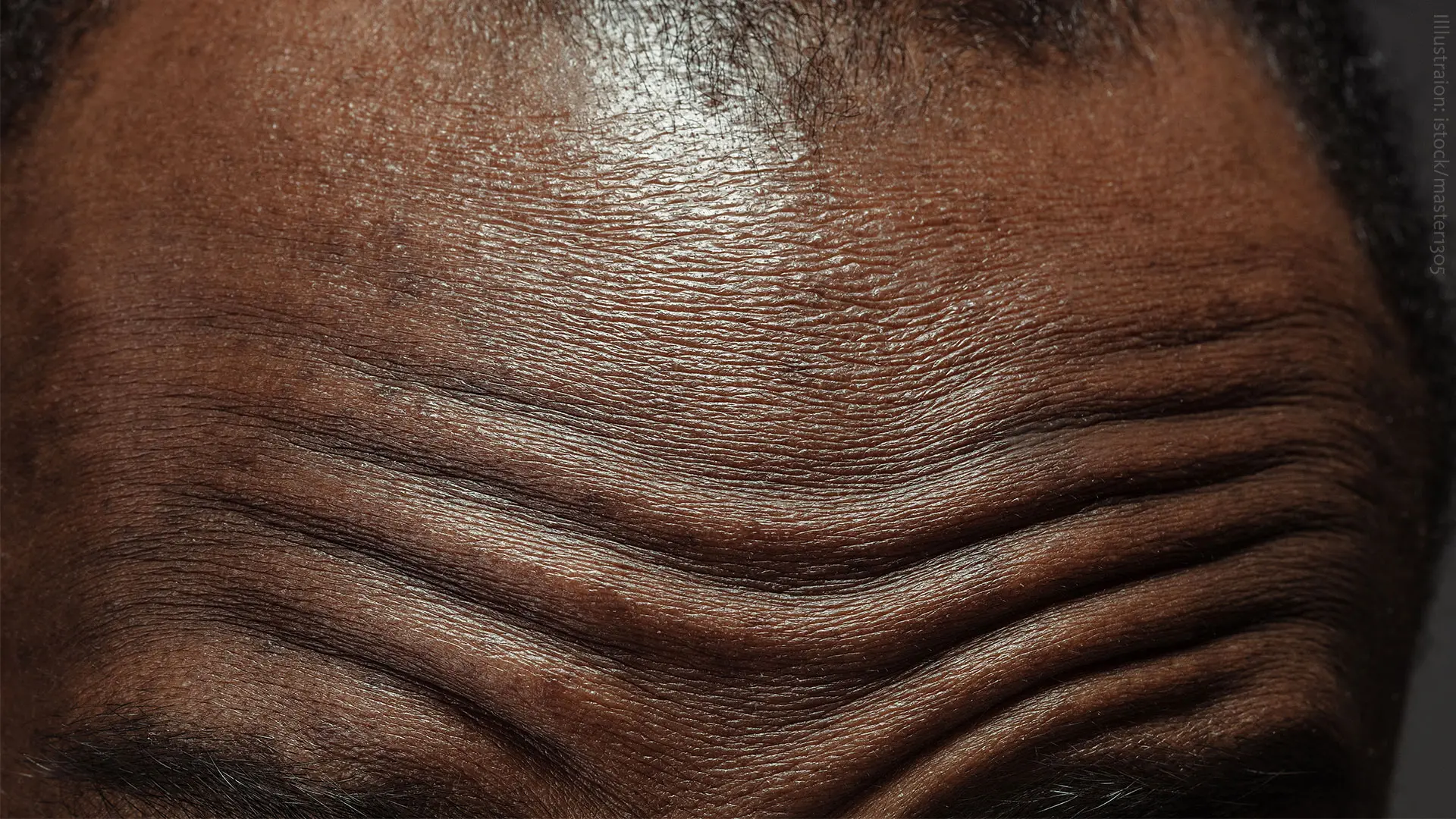
Lipidomics & ceramide analysis for skin research
Skin health and disease is closely related to lipid composition and function in different skin structures.
-

Role of lipids in CNS regeneration
Failure of regeneration capacity limits the restoration of nervous system functionality in demyelinating diseases.
-

Composition, organization & function of living membranes
The plasma membrane is the interface between a cell and its environment. Its processing tasks must be tightly regulated.
-

What have lipids to do with the worst pandemic ever?
Dysmetabolism is rapidly spreading worldwide, giving rise to obesity and other diseases. Yet, there is no diagnostic test.
-
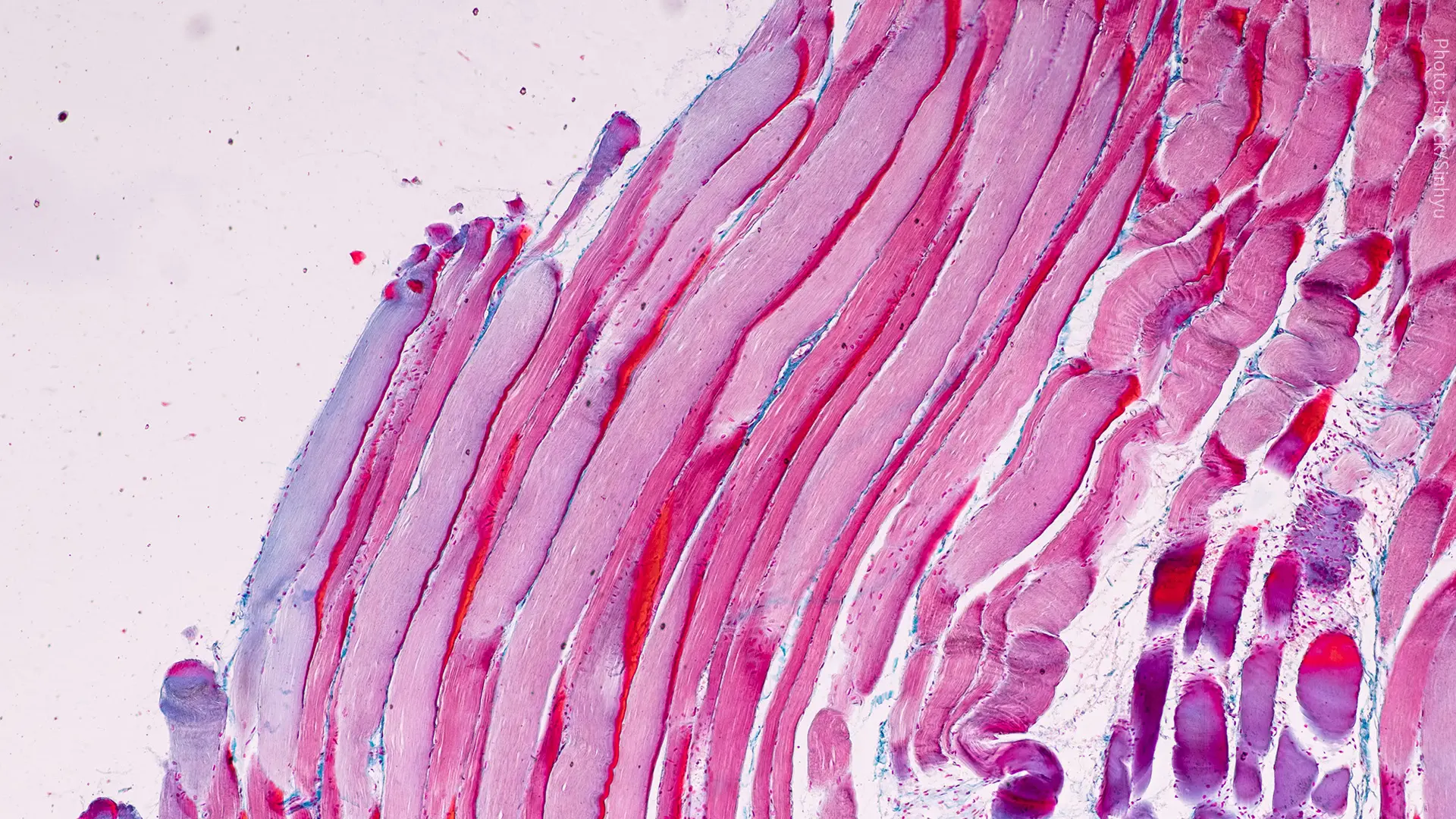
Shotgun lipidomics of tissue biopsies
Direct analysis of tissue biopsies could be in a better position to elucidate pathophysiological mechanisms than liquid biopsies.
-
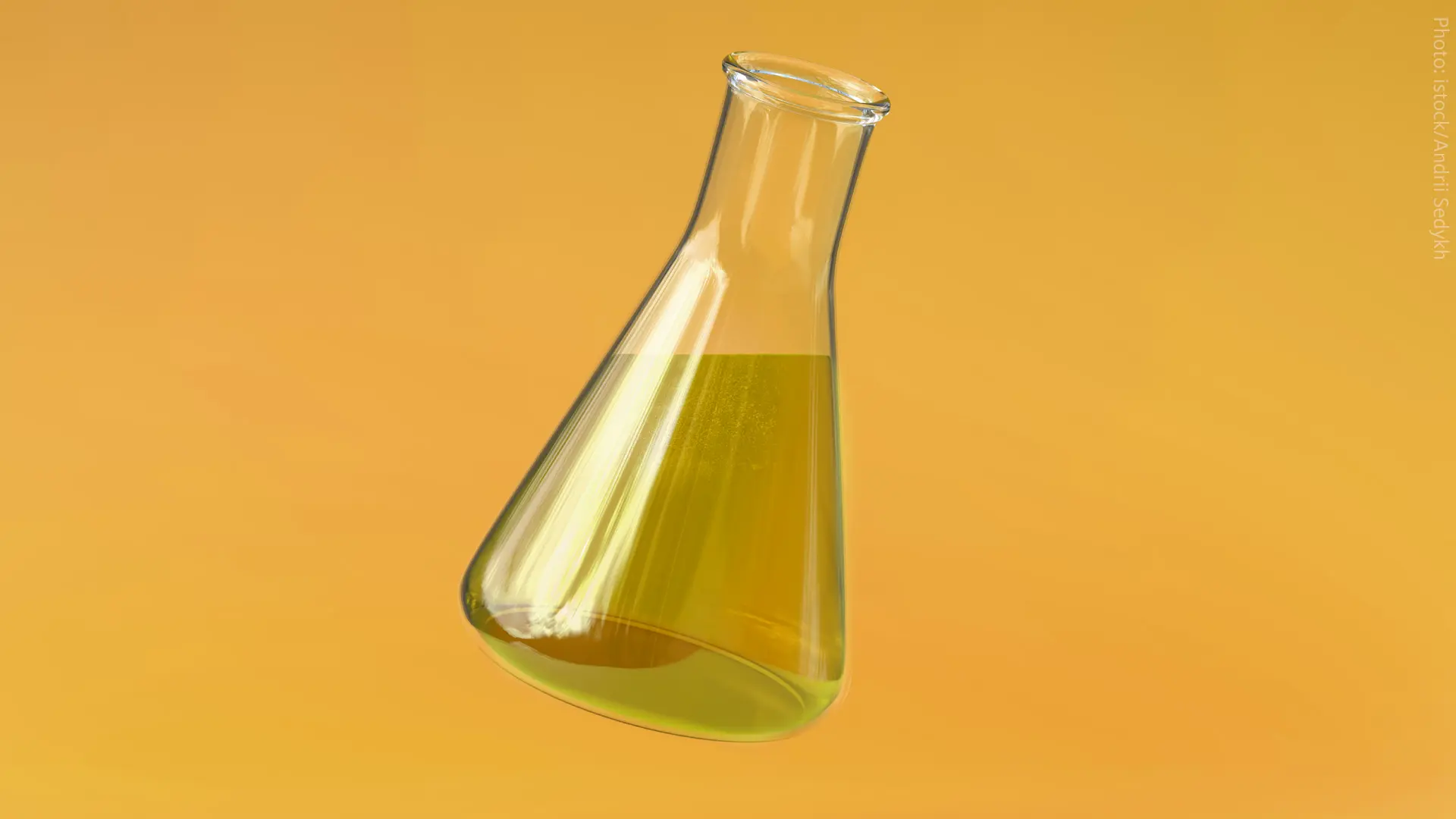
How to yeast lipidomics research
Yeast is a powerful model system for cell and molecular biology research. What should be considered when conducting yeast lipidomics?
Work with us
Interested to work with us? Visit our career center to find out more about Lipotype’s unique philosophy and great job offerings.
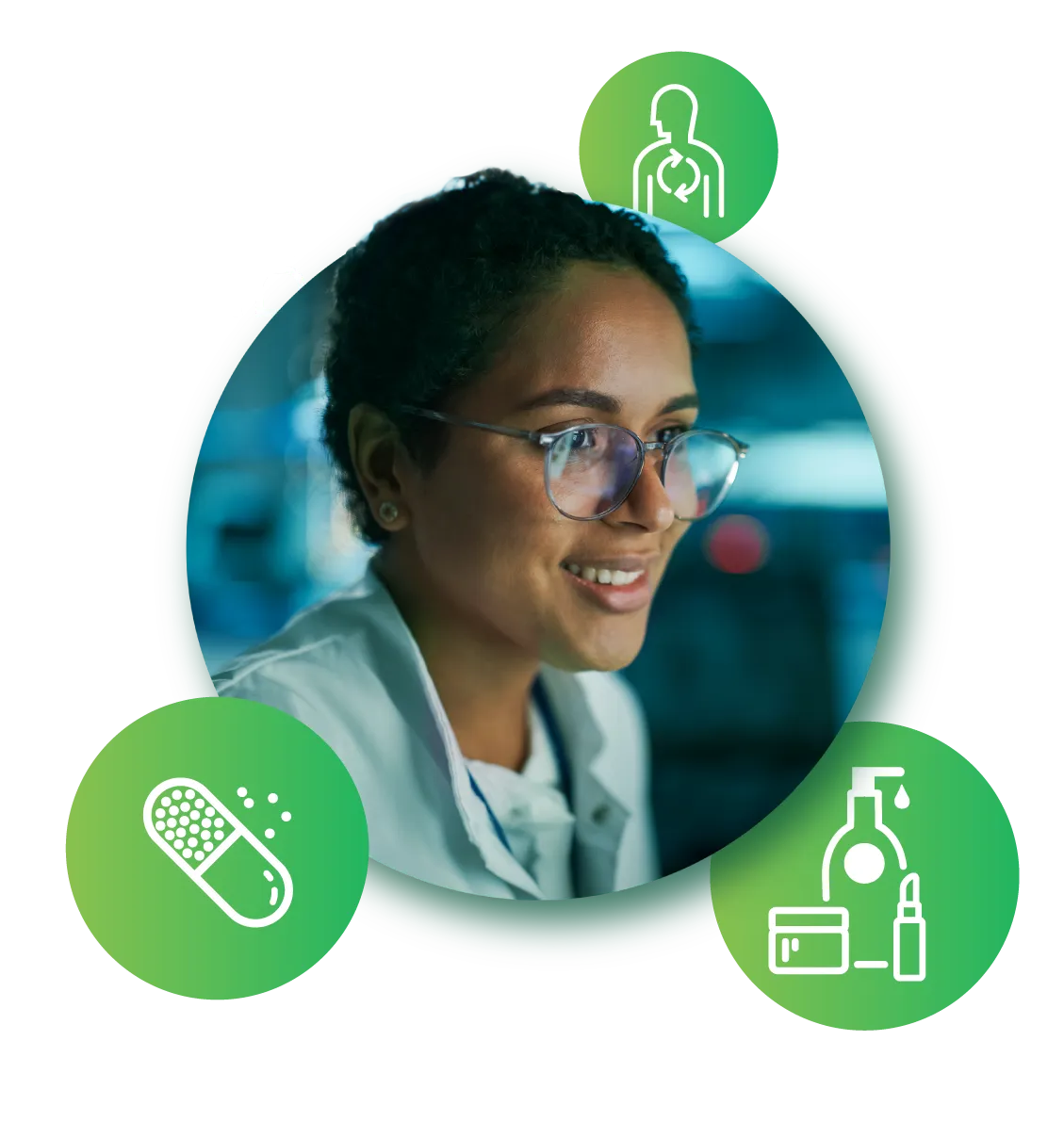
Social Media
True or false: you want to get in touch with us and stay up to date? If true: check out these links and write to us! If false: check out these links but tell nobody!
Stay connected
Subscribe to our email newsletter and stay informed about the latest news on lipids, lipidomics and Lipotype!